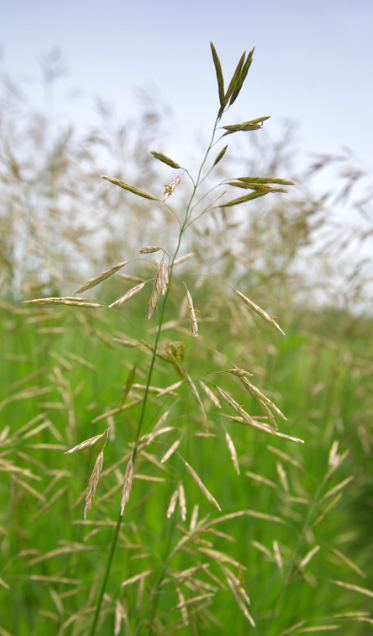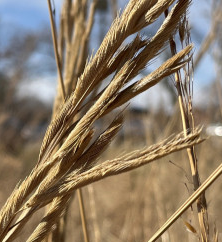Prairie Cordgrass Plant
Prairie Cordgrass (Spartina pectinata) grows up to 8 ft, thrives in wet soil, full sun, high moisture, and is neither edible nor medicinal.
Habit
Grass
Height
1 to 1.5 m
Growth
Fast
Soil
Well-drained, Sandy Loam
Shade
Full
Moisture
High
Edible
No
Medicinal
No
Origin
North America
Climatic Condition
Temperate, Subtropical
Temperature (°)
20°C to 30°C
Humidity (%)
60% to 80%
Potting media
50% Loam, 40% Sand, 10% Compost
Fertilizers
Organic Fertilizer
Watering
Regular watering
Plant Weight
0.3 to 0.5 kg
Flowering Time
Summer to Fall
Soil Ph level
6.0 to 7.5
Water Ph level
6.0 to 7.0
Soil EC
0.4 to 0.6 mS/cm
Yield Per Plant
Ornamental
NPK ratio
10:10:10
life Span
2 to 5 years
Health Benefits
Forage, Ornamental
Suggested Grow Media or Potting Mix ?
50% sand, 25% compost, 25% peat moss
Suggested Fertigation/Fertilizers
Fertilize every 2-3 weeks with balanced fertilizer.
Common Diseases and Remedies
Leaf Spot, Rust, Powdery Mildew, Aphid Infestation, Root Rot.
Brown or black lesions, Reddish pustules on leaves, White powdery growth on leaves, Curled and distorted leaves, Stunted growth, root decay.
Copper-based fungicides, Fungicides with propiconazole, Fungicides with potassium bicarbonate, Chemical insecticides, Soil-applied fungicides.
HEALTH BENEFITS
· Helps in soil conservation and water filtration
· Some species have traditional medicinal uses for treating infections

